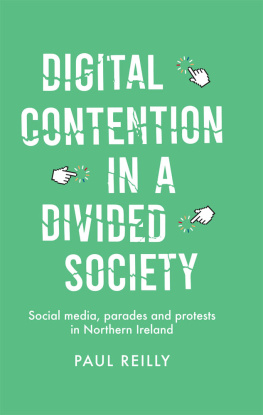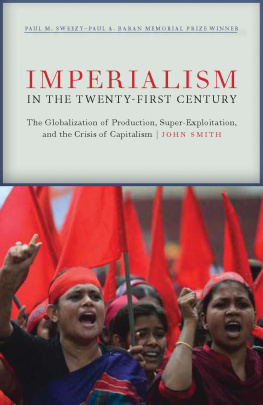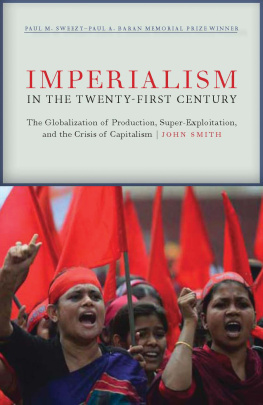Race and Contention in Twenty-First Century U.S. Media
This volume explores and clarifies the complex intersection of race and media in the contemporary United States. Due to the changing dynamics of how racial politics are played out in the contemporary United States (as seen with debates of the post-racial society), as well as the changing dynamics of the media itself (new vs. old media debates), an interrogation of the role of the media and its various institutions within this area of social inquiry is necessary. Contributors contend that race in the United States is dynamic, connected to social, economic, and political structures that are continually altering themselves. This book seeks to highlight the contested space that the media provides for changing dimensions of race, examining the ways that various representations can both hinder or promote positive racial views, considering media in relation to other institutions, and moving beyond thinking of media as a passive and singular institution.
Jason A. Smith is a PhD Candidate in Public Sociology at George Mason University, currently working on his dissertation involving media policy and diversity. Jasons primary research interests lie at the intersection of race and the media. He recently completed a co-edited section in the International Journal of Communication (2015) entitled, Communication in Action: Bridging Research and Policy. Past work has been featured in the Journal of Black Studies, International Journal of Media and Cultural Politics, Sociation Today, and the edited volume Agenda for Social Justice: Solutions 2012.
Bhoomi K. Thakore is a visiting Assistant Professor and Director of the Sociology Program at Elmhurst College (IL). Her research interests broadly cover structural inequality, with particular focus on race/ethnicity/gender and media. In her forthcoming book, South Asians on the U.S. Screen: Just Like Everyone Else? (Lexington Books, 2016), she examines the ways that South Asian characters and actors in popular entertainment reinforce a racialized hierarchy on Screen and in society.
Routledge Transformations in Race and Media
Series Editors: Robin R. Means Coleman University of Michigan, Ann Arbor Charlton D. McIlwain New York University
1 Interpreting Tyler Perry
Perspectives on Race, Class, Gender, and Sexuality
Edited by Jamel Santa Cruze Bell and Ronald L. Jackson II
2 Black Celebrity, Racial Politics, and the Press
Framing Dissent
Sarah J. Jackson
3 The Cultural Politics of Colorblind TV Casting
Kristen J. Warner
4 The Myth of Post-Racialism in Television News
Libby Lewis
5 Representations of Black Women in the Media
The Damnation of Black Womanhood
Marquita Marie Gammage
6 Race and Contention in Twenty-First Century U.S. Media
Edited by Jason A. Smith and Bhoomi K. Thakore
First published 2016
by Routledge
711 Third Avenue, New York, NY 10017
and by Routledge
2 Park Square, Milton Park, Abingdon, Oxon OX14 4RN
Routledge is an imprint of the Taylor & Francis Group, an informa business
2016 Taylor & Francis
The right of the editors to be identified as the authors of the editorial material, and of the authors for their individual chapters, has been asserted in accordance with sections 77 and 78 of the Copyright, Designs and Patents Act 1988.
All rights reserved. No part of this book may be reprinted or reproduced or utilised in any form or by any electronic, mechanical, or other means, now known or hereafter invented, including photocopying and recording, or in any information storage or retrieval system, without permission in writing from the publishers.
Trademark notice: Product or corporate names may be trademarks or registered trademarks, and are used only for identification and explanation without intent to infringe.
Library of Congress Cataloging-in-Publication Data
CIP data has been applied for.
ISBN: 978-1-138-93715-4 (hbk)
ISBN: 978-1-315-67642-5 (ebk)
Typeset in Sabon
by codeMantra
We would be remiss if we did not acknowledge the many people who have helped us see this project through to the very end. First, we would like to thank our series editors, Robin R. Means Coleman and Charlton D. McIlwain, for the opportunity to publish this volume under the Routledge Transformations in Race and Media series. We would also like to thank our Routledge editors along the wayFelisa Salvago-Keyes, Katie Laurentiev, and Christina Kowalskiwho offered immeasurable advice and support during this process. Special thanks to Rutledge Dennis, whose advice and guidance early on helped lay the foundations and efforts for this edited volume. We also thank and appreciate our many contributors, all of whom were a pleasure to work with. Finally, the editors would like to thank their friends, families, and loved ones for their unconditional support now and always. We dedicate this book to #blacklivesmatter, and all of the people of color who have suffered and died under these social systems built on inequality.
Jason A. Smith and Bhoomi K. Thakore
The term contention implies disagreement, dispute, or claims toward a particular topic. For the purpose of this volume, we see contention as rooted in conflict and intimately tied to issues surrounding race/ethnicity in society. In this volume, we apply contention to specifically examine the intersection between race and media. Perhaps one of the most important institutions in a post-industrial society, the media are more than just gatekeepers or messengers, but sites for political, civic, and social upheaval. This idea of contention is not necessarily a new concept, but rather an extension of current projects that highlight the struggles of various racial groups with the media, both historically and contemporaneously (e.g., Classen, 2004; Craig, 2014; Gonzalez & Torres, 2011). Our use of it here is meant to investigate current projects within media spaces and demonstrate the complexity that exists in the contemporary United States at the beginning of the 21st century. With regard to the media as a contentious space in relation to race, we must also address the concept of powerparticularly given the importance of the concept with regard to racial inequality in other institutions. Our broad notion of power, and as it is implied in the chapters in this volume, relies on highlighting the unequal distribution of both material and social capital throughout society. Important, and ongoing, changes have occurred in the United States with regard to race and our media system (both of which will be discussed in the following sections), which influence society as a whole.
A majority of the contributors to this volume are sociologists by training, as are the editors of this volume, whose disciplinary focus tends to emphasize the influences of structure and the inherent political forces within. This focus on the structural perspective of the media grounds our volume within critical race scholarship and its efforts to highlight how racial categories are embedded within the patterned interactions of various media organizations. Additionally, it seeks to contribute toward a subfield of media sociology, which has lagged behind in its own theoretical and empirical formulations (Benson, 2004; Katz, 2009; Peter & Pooley, 2012; Pooley & Katz, 2008). Our overarching goal with this volume is to critically assess the ways media and race intersect, with particular attention to the ways that the media is a multimodal institution that overlaps with other areas within society.










